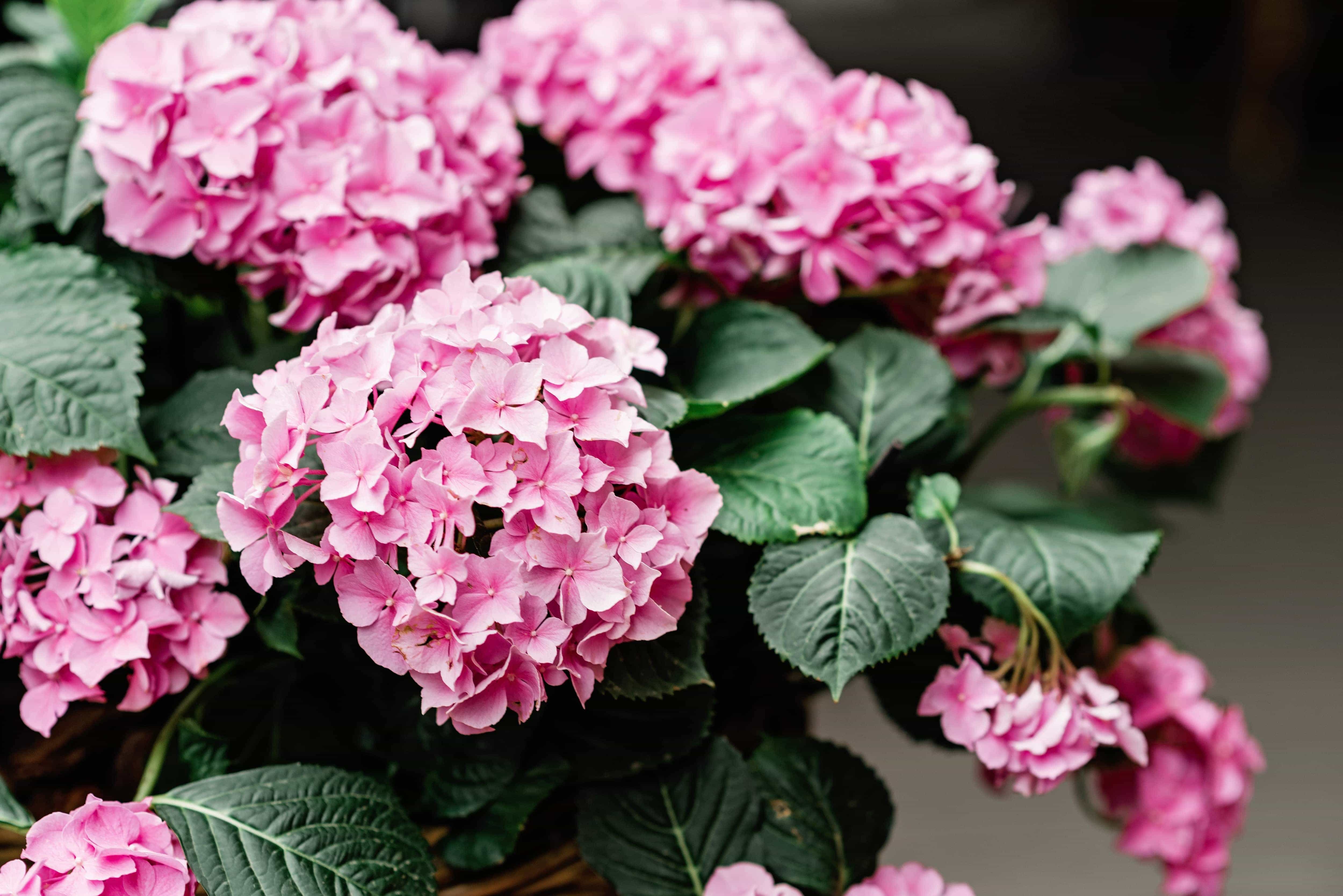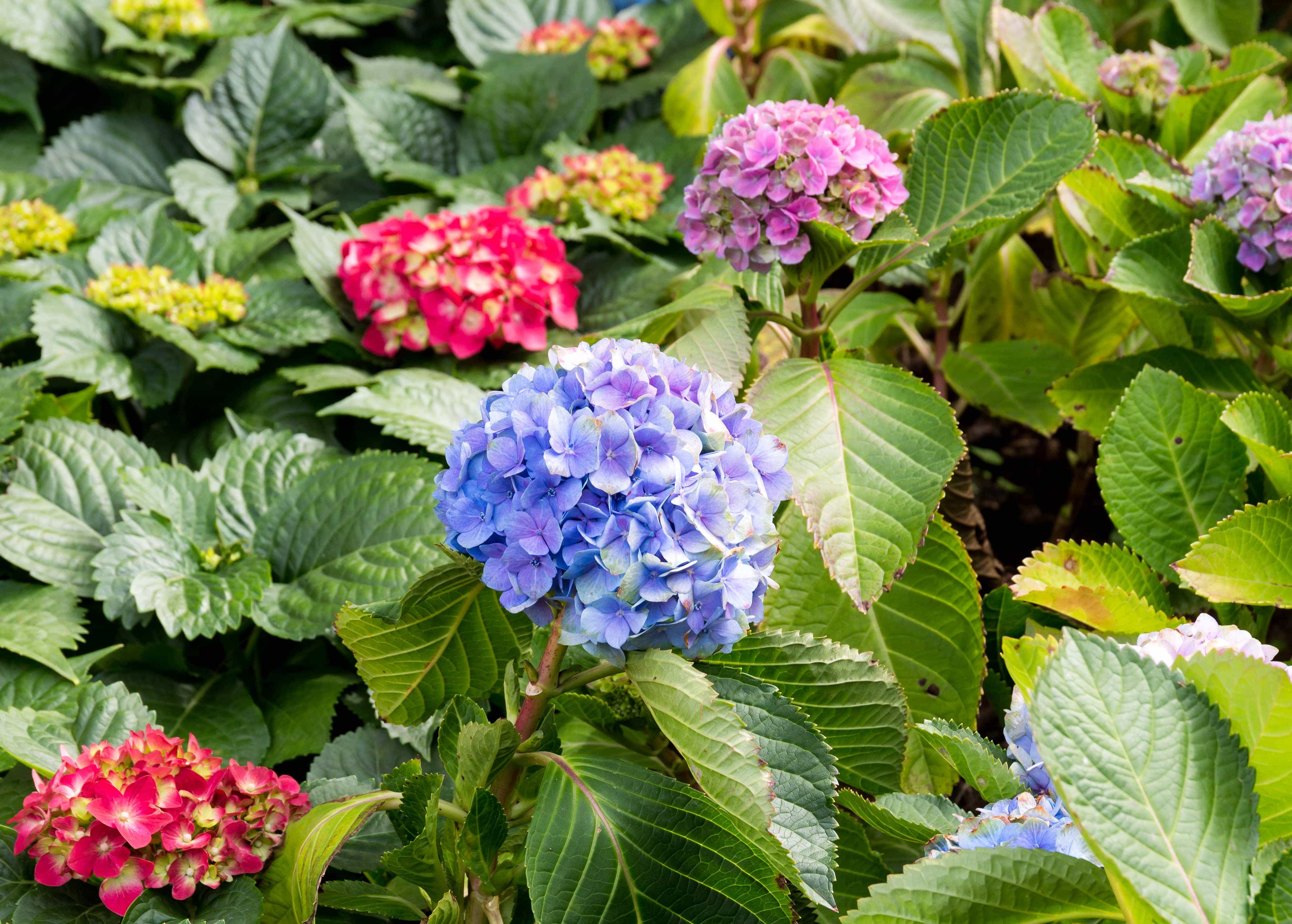Everything You Need to Know About Dahlia flowers for Your Landscaping
Dahlias are renowned for their stunning, vibrant blooms and versatility in the garden. With a variety of shapes and colors, these perennial flowers can be used to create striking floral displays. Dahlias are relatively easy to grow, making them a popular choice among gardeners. Understanding the key attributes of dahlias will help you successfully incorporate them into your landscape.

| Attribute | Description for Dahlia Plants |
|---|---|
| Size | Ranges from 1 to 6 feet in height; blooms from 2 to 12 inches in diameter. |
| Insects & Pests | Relatively pest-resistant but can be susceptible to aphids and spider mites. |
| Bloom Time | Blooms from mid-summer until the first frost. |
| Maintenance | Moderate maintenance; regular deadheading and staking are recommended. |
| Root Growth | Has tuberous roots that store energy and nutrients. |
| Seasonality | Tender perennials; may not survive harsh winters. |
| Watering Needs | Require consistent moisture; avoid overwatering to prevent rot. |
| Sunlight Requirements | Thrives in full sun; needs at least 6-8 hours of direct sunlight daily. |
| Soil Compatibility | Prefers well-draining, rich soil with organic matter; avoids heavy clay. |
| Growth Rate | Moderate growth rate; blooms in about 8-10 weeks from planting. |
| Hardiness Zone | Thrives in USDA Hardiness Zones 3–10, with winter protection in colder areas. |
| Color & Aesthetics | Available in nearly every color, perfect for vibrant displays. |
| Wildlife Attraction | Attracts bees and butterflies, supporting ecosystem health. |
| Allergy Concerns | Generally low allergenic; suitable for most gardens. |
| Edibility/Toxicity | Non-toxic; certain varieties may cause mild stomach upset if ingested. |
| Wind Tolerance | Can be top-heavy; may require staking in windy conditions. |
| Invasive Potential | Not considered invasive; manageable in garden spaces. |
| Mulching Needs | Mulch helps retain moisture and suppress weeds; keep it light. |
| Lifespan | Can last several years with proper care; tubers can be stored over winter. |
| Fertilization | Regular feeding with balanced fertilizer promotes growth and blooms. |
| Companion Planting | Pairs well with zinnias and marigolds for a colorful garden. |










.jpg)














